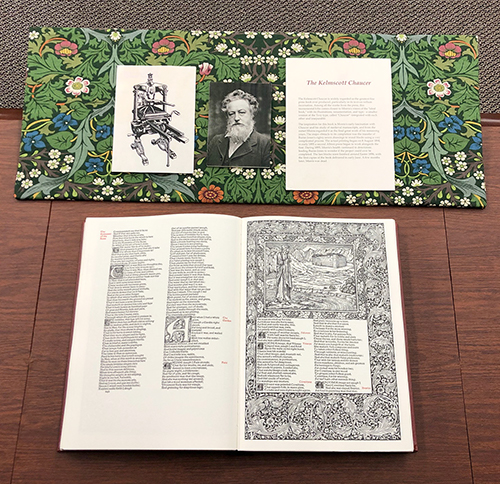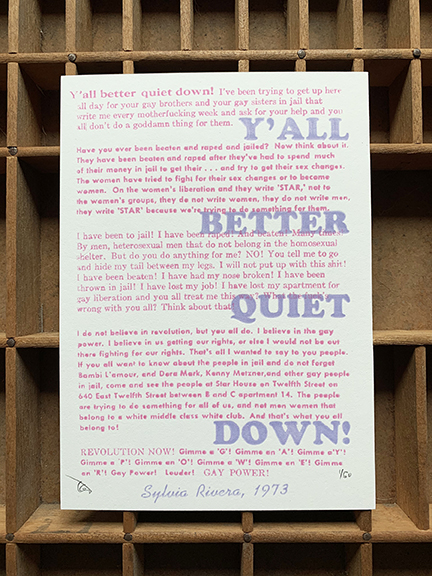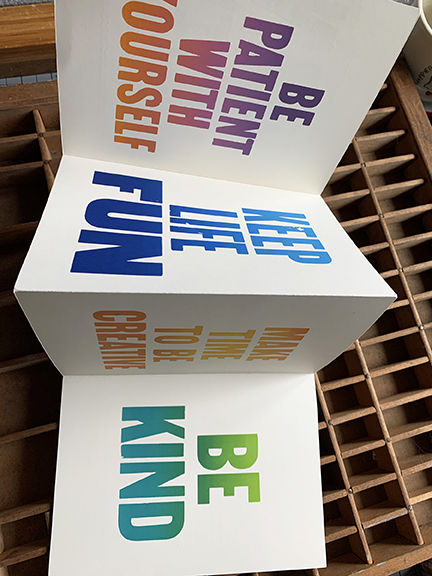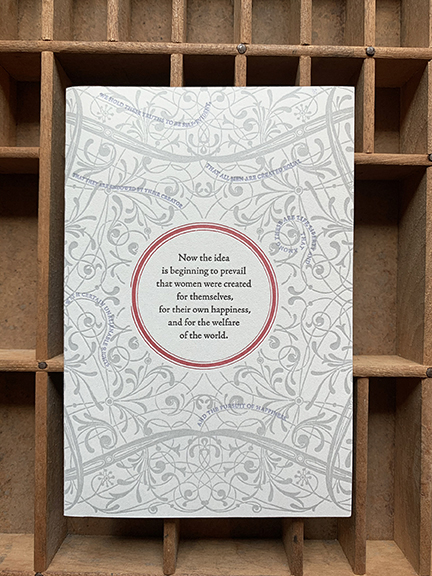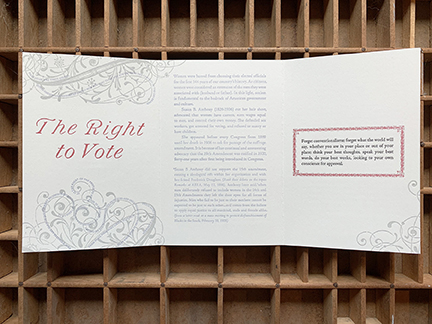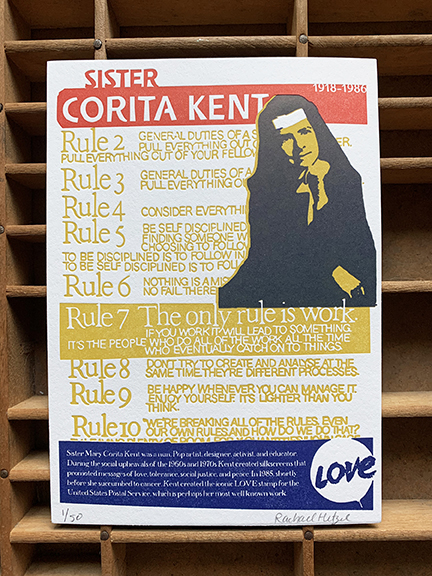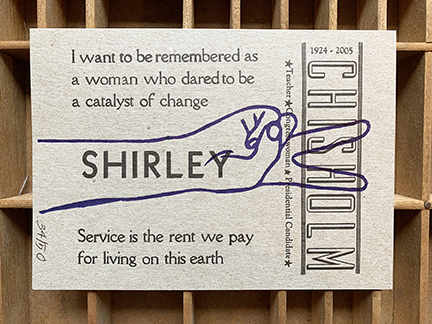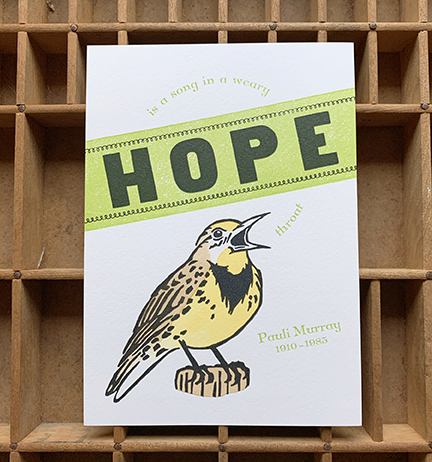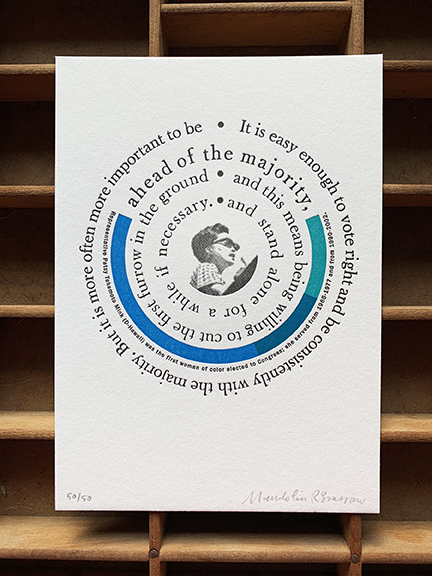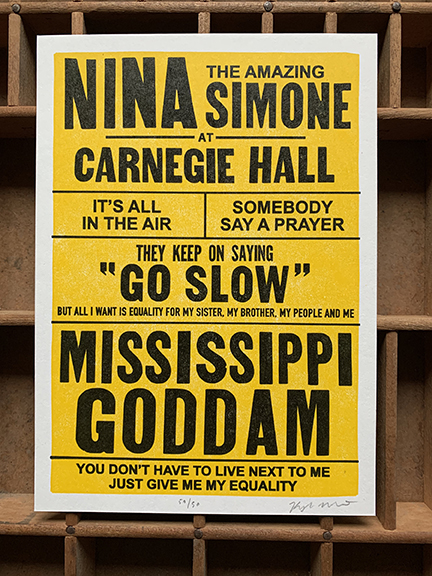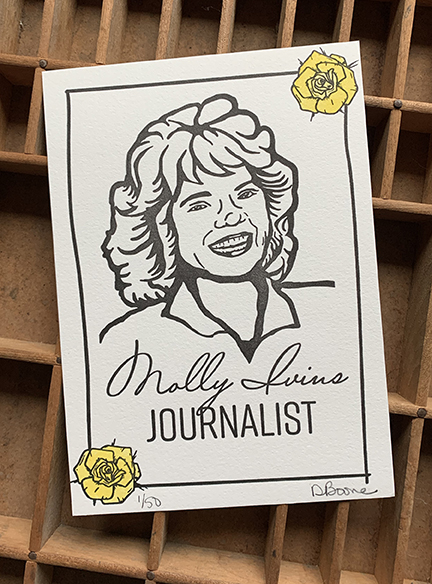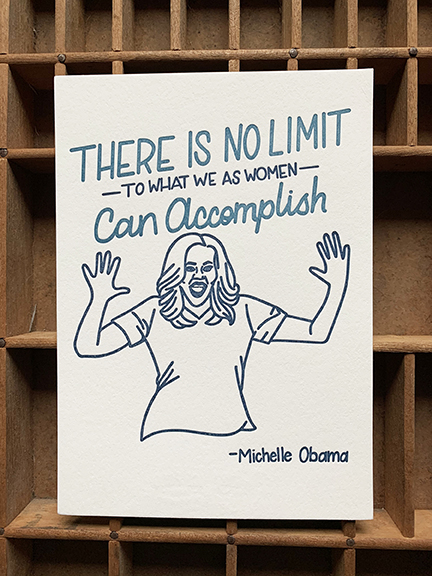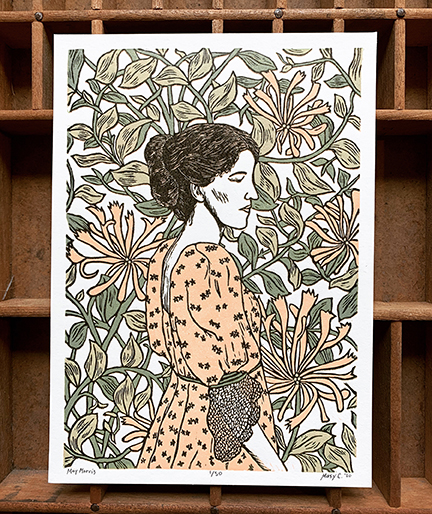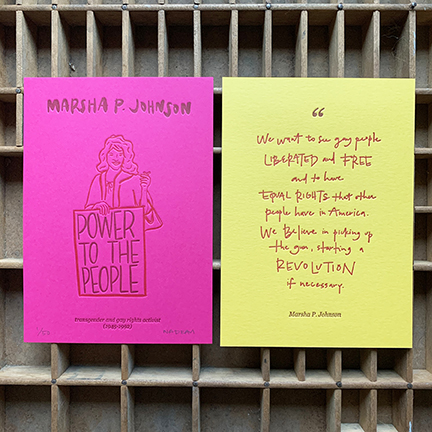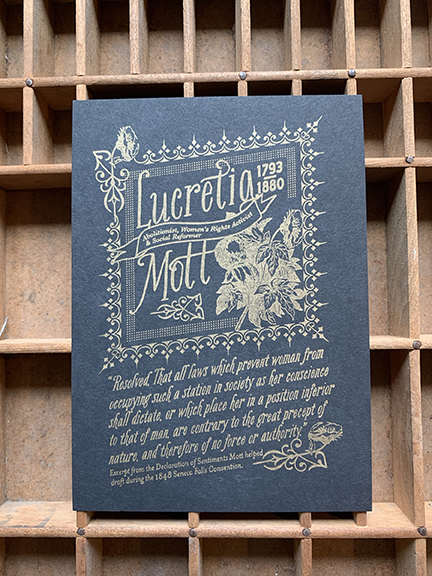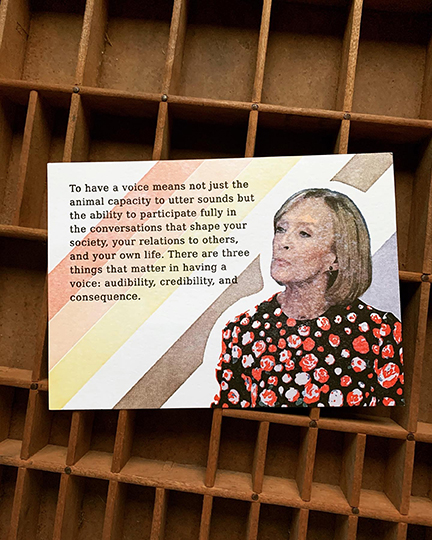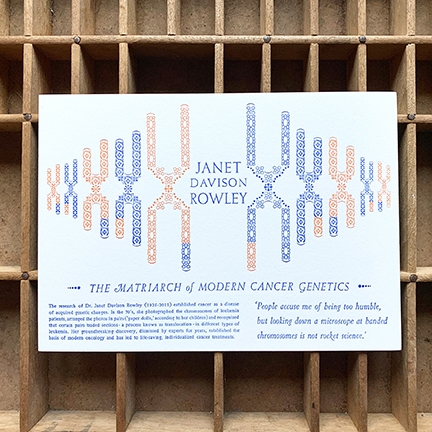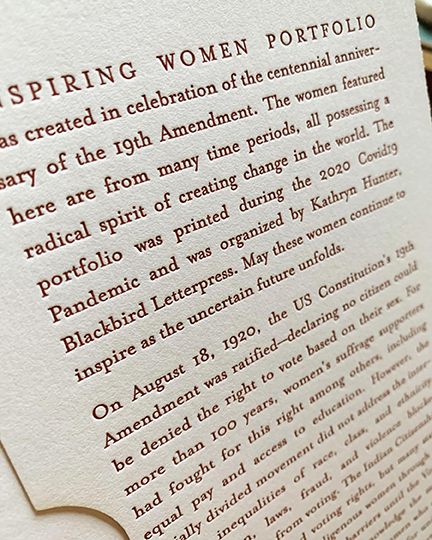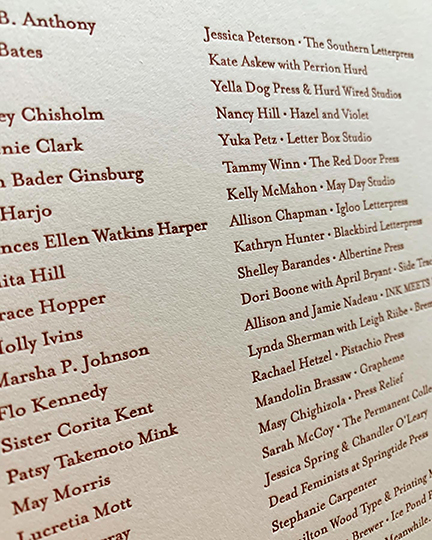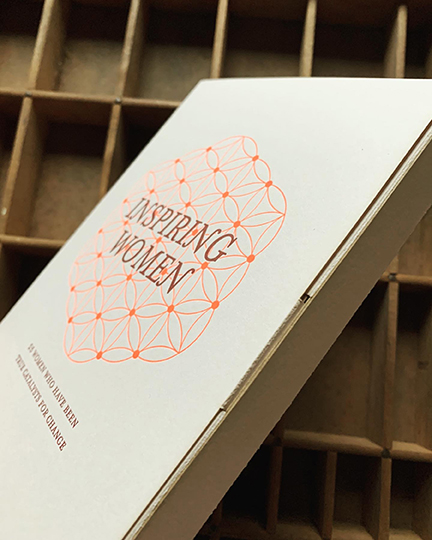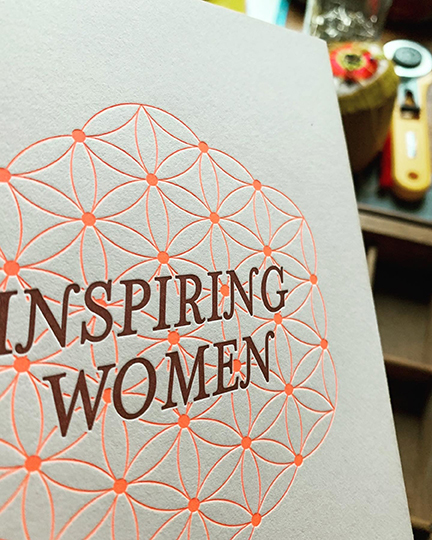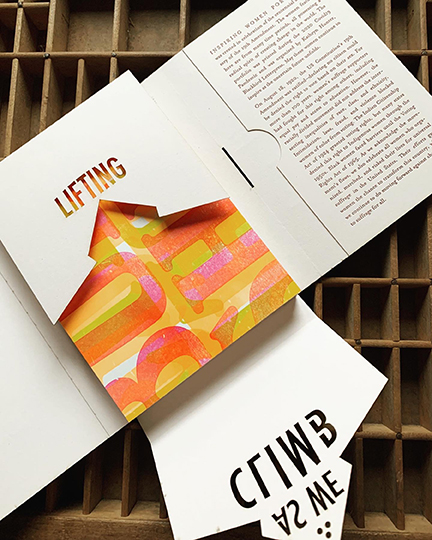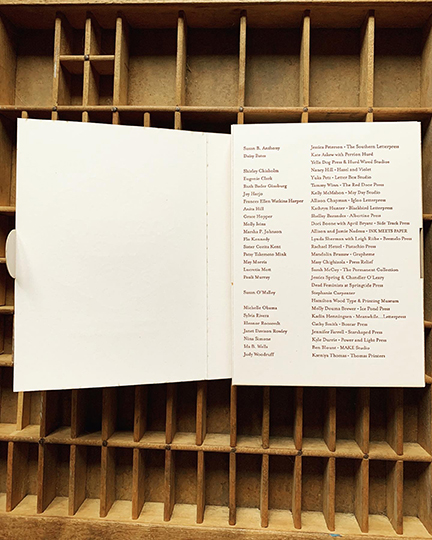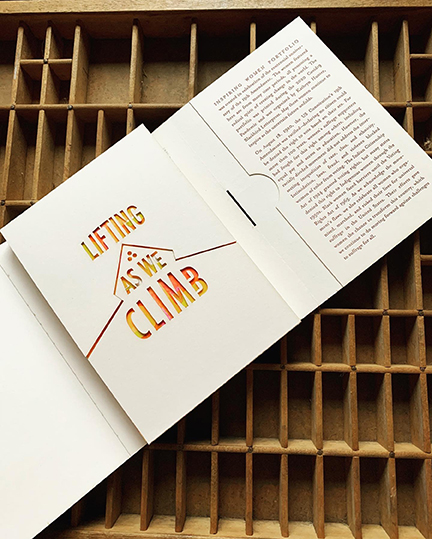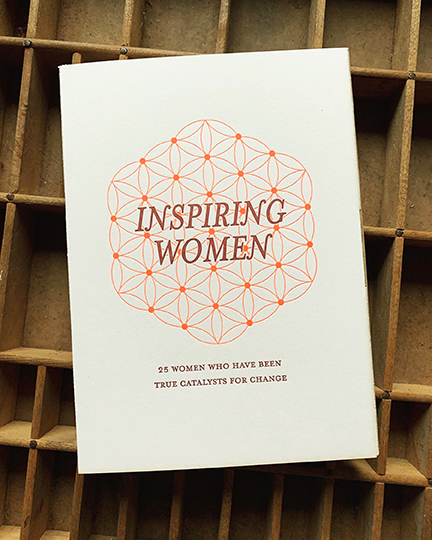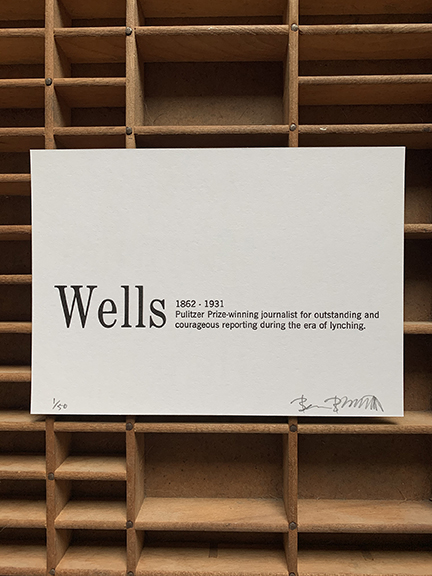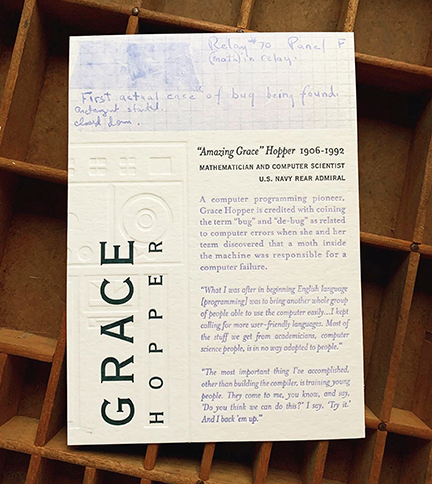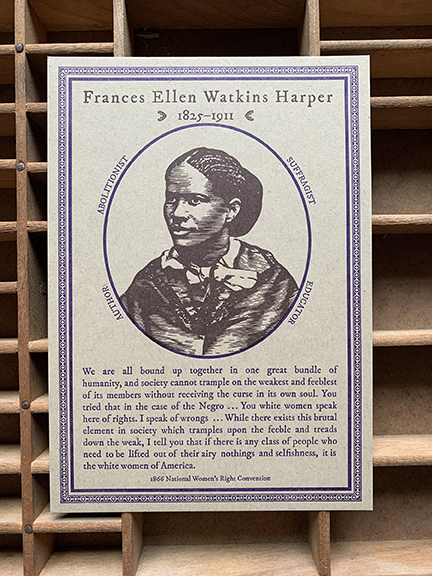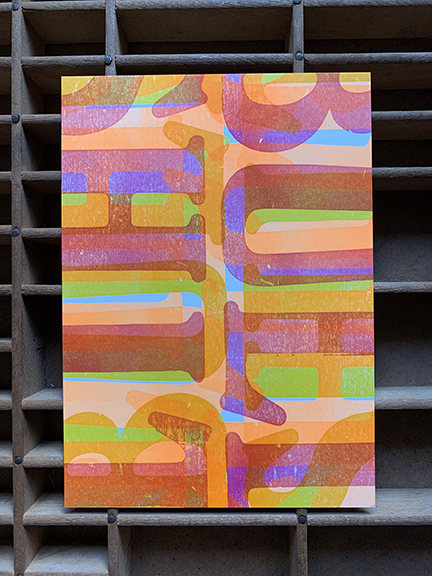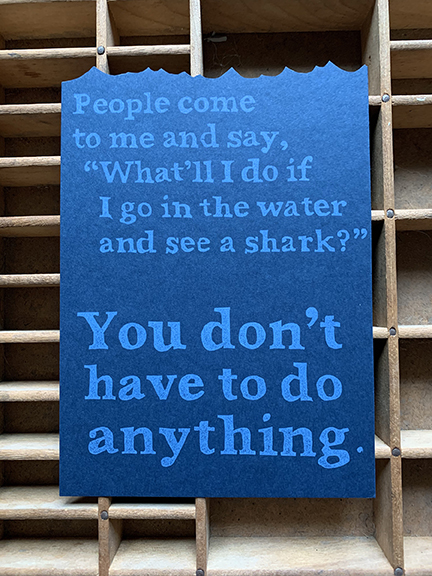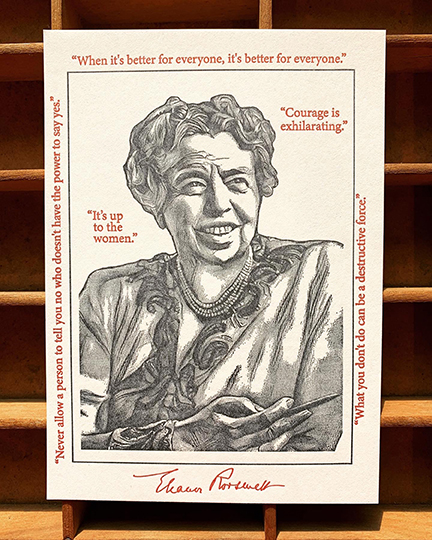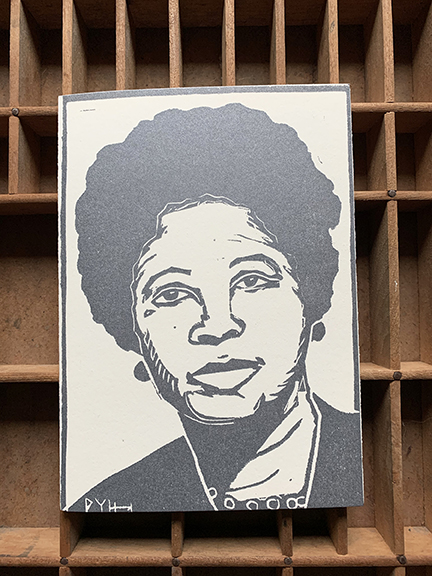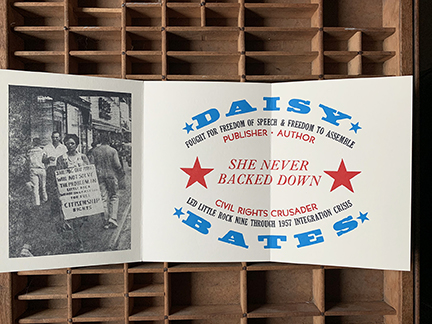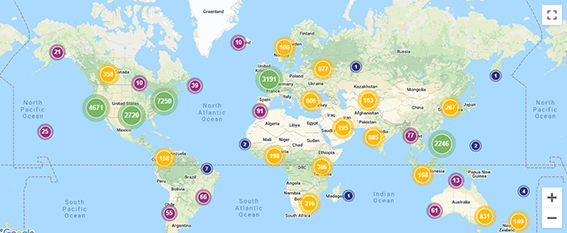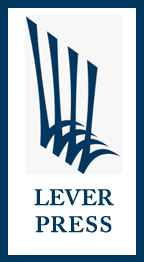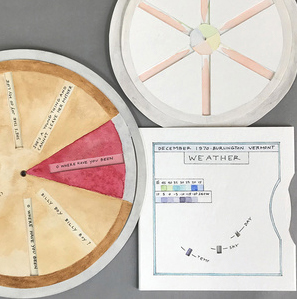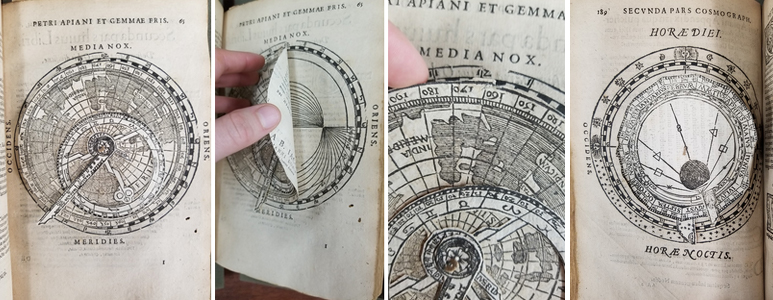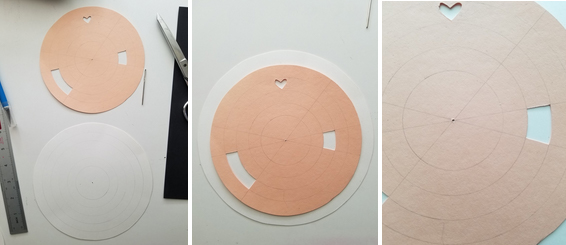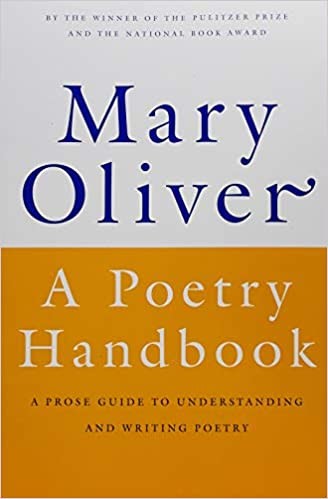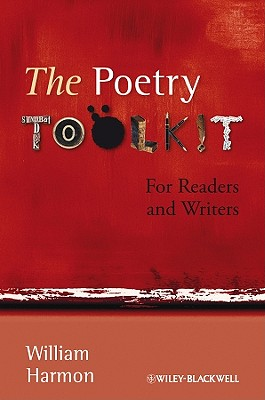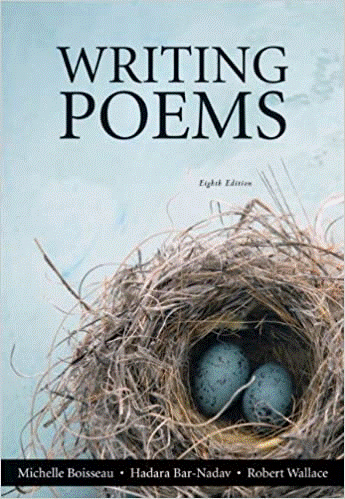
Welcome Back Edition: Part II
Library Study Space Access:
The Library front Reading Rooms will be open for individual study from 8:00 am to 9:00 pm Monday – Thursday, 8:00 am to 5:00 pm on Friday and Saturday 1:00 pm to 5:00 pm. There are also 5 individual study areas in the lower level of the library that are available for study.
Students will be required to reserve a seat through our online reservation service which is available at this link: https://pugetsound.libcal.com/r
Lobby Pick-Up for Local Holds:
Local users may pick up requested library materials weekdays between 11:00 am and 2:00 pm and from 6:00 pm to 9:00 pm (with the exception of Friday when we close at 5:00). If you have requested an item, you will receive an email notification that it is ready to pick up.
Summit Borrowing:
We are pleased to announce that Summit borrowing is now in service. Borrowing is open for all local users and like local holds, you may pick these items up in the library lobby during designated times.
Remote Student Support: Access to Unique Content in our print collections:
We recognize that even with the plethora of digital content, there may be print resources that uniquely support study research and study. For our remote learners who are unable to take advantage of our local pick up of print books, we are offering a digitization service. Students may request portions of print books to be scanned. A link will appear in the PRIMO record that alerts users to this service.
While we cannot mail books to students on demand, we are committed to ensuring your students receive the support they need to succeed in their studies. We will work on an individual basis with students to provide support and if we are unable to identify a digital solution, and the print book is the only available alternative, we will work with the student to fulfill their request.
Turn-around time for Scan to Canvas/Digitization and Local Requests:
We are working behind the scenes to meet the demands of these new services. Please be patient as we settle in to the new semester. Thank you for your understanding.
Communication with Students:
This information has been sent to students via an email, and this information is included on our web page, and we encourage you to share this link: https://research.pugetsound.edu/remote with students in your classes. Please direct students who have specific questions about library support to their liaison librarian, or to libref@pugetsound.edu.
We are here to support you and your students and please do not hesitate to contact me directly if you have suggestions or concerns about library services: jcarlin@pugetsound.edu.
Need Information? Don’t forget the Collins Memorial Library – Library Guides
Questions? Contact your liaison librarian
Comments: Contact Jane Carlin, library director
Remember – Your best search engine is a librarian!

